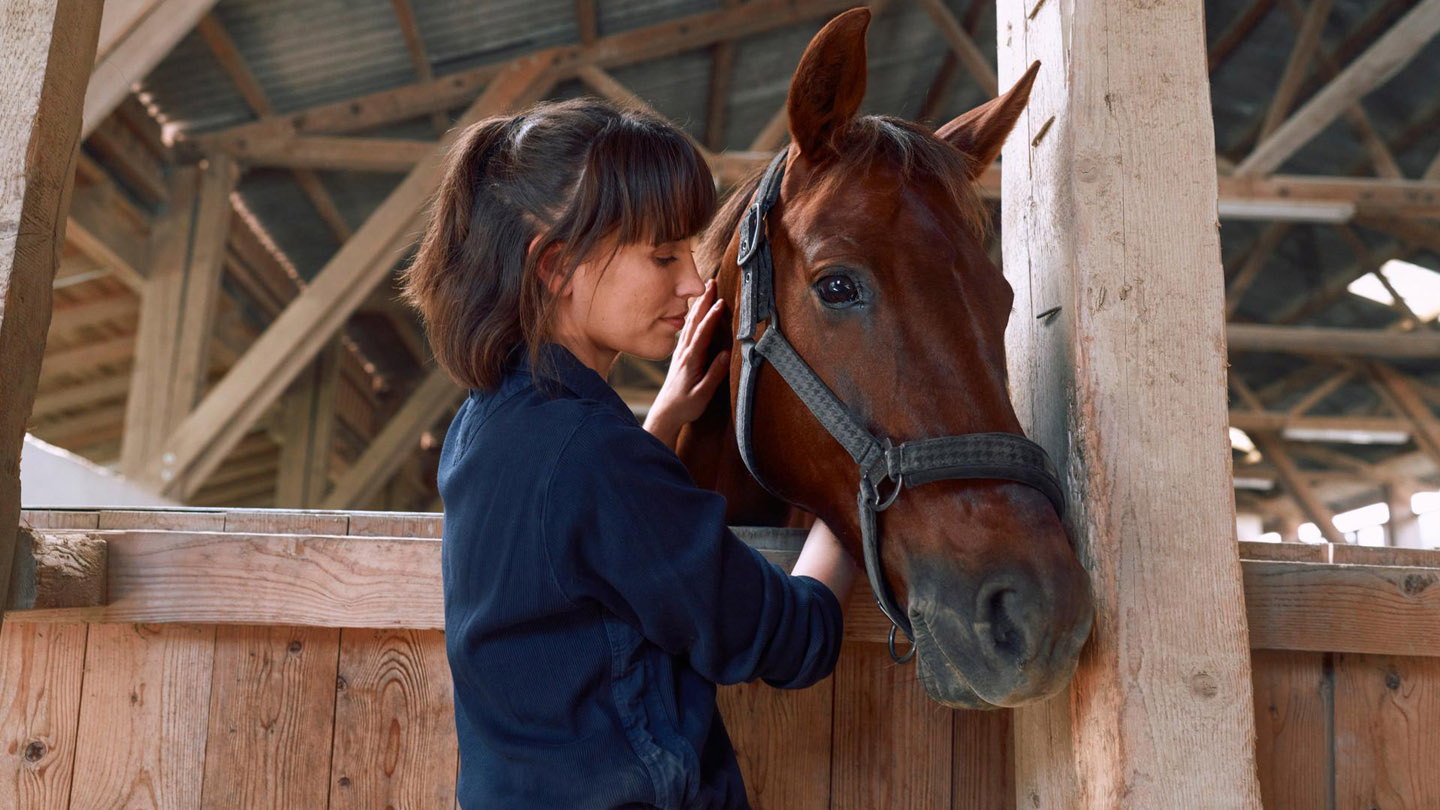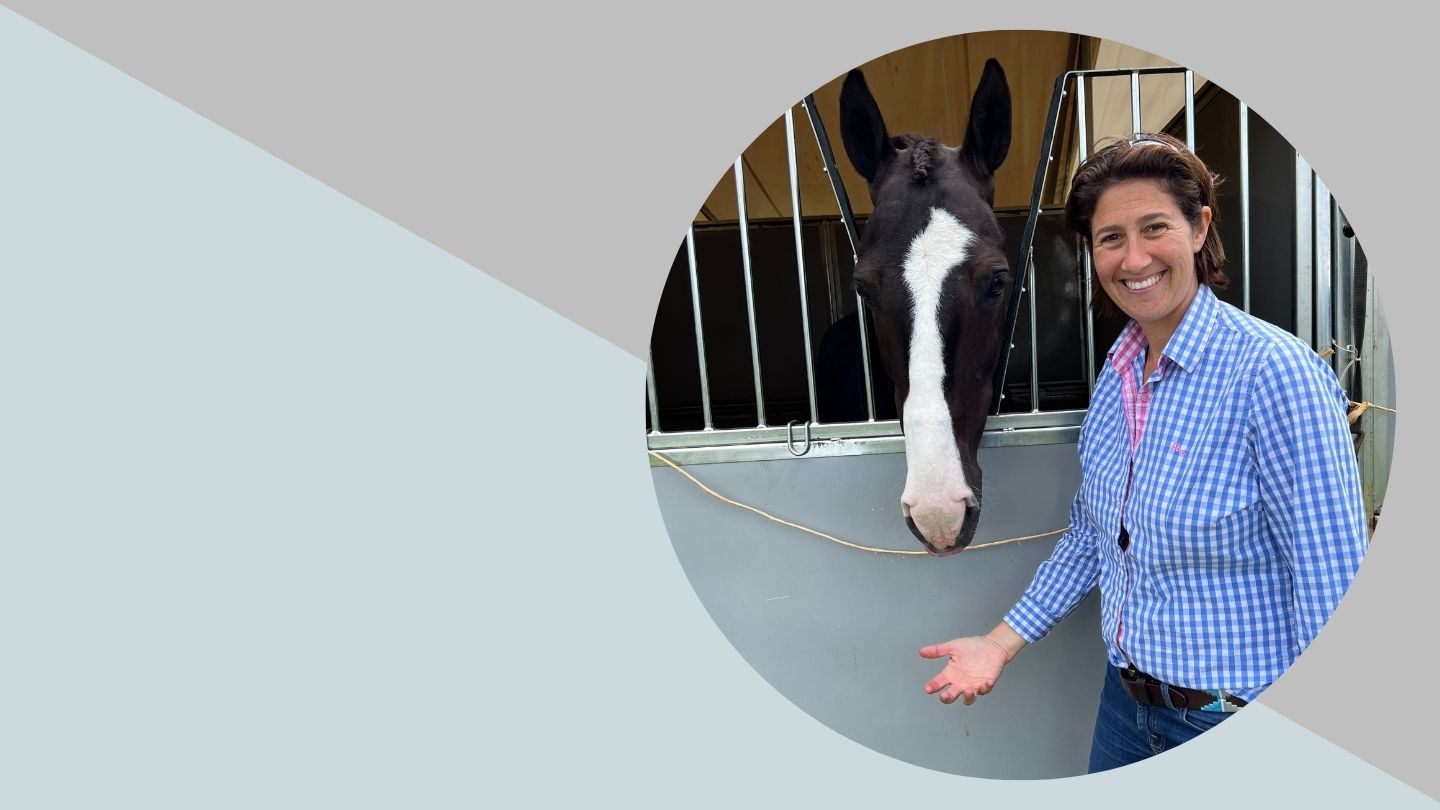The unseen lameness problem in horses
If you own or ride a horse, you might be aware of lameness. Lameness is a significant equine health problem and is considered the number one cause of poor performance in horses of all breeds and ages. Learn more about the signs, causes and preventive measures of lameness in horses.

What does lameness mean?
Lameness is when a horse has difficulty moving due to pain or discomfort in one or more of its legs. It can appear in different ways, depending on how serious it is and where the problem is. Some common signs are limping, stiffness, an uneven walk or run, not wanting to move, and swelling or heat in the affected area. It's a significant concern because it can affect a horse's quality of life and ability to perform tasks. The first step in protecting your horse from lameness is getting a better understanding of lameness.
Causes of lameness: What’s behind it?
Did you know that up to 60% of all horse lameness is due to osteoarthritis (OA)? This disease can affect any horse at any age, gradually wearing down the cartilage in their joints. This can lead to pain, swelling, and stiffness, limiting your horse's daily activities and reducing their quality of life. However, lameness in horses can be triggered by a variety of factors. Poor hoof care, for instance, can lead to painful conditions like abscesses or laminitis. Improper training or overexertion can result in sprains, strains, or fractures. It can stem from heavy loads endured during exercise, injury, poor conformation, genetic predispositions, and age-related wear and tear. Even underlying health conditions, like arthritis or navicular disease, can cause lameness.

What’s the next step if your horse is lame?
If you suspect your horse is lame, it's time to call in the professionals. Veterinarians have a range of diagnostic procedures to identify the cause and severity of lameness. Depending on what's causing the lameness, treatment options can include rest, medication, physical therapy, corrective shoeing, joint injections, or surgery. The most important thing is catching it early and making sure your horse gets the right care to fully recover.
How to prevent lameness in your horse?
While you can't prevent all cases of lameness, there are steps you can take to reduce the risk:
- Regular vet check-ups can help catch any issues early.
- Proper hoof care, including regular trimming and shoeing, can prevent many hoof-related causes of lameness.
- An appropriate exercise routine and a balanced diet can also help keep your horse healthy.
- Don't forget about the importance of good footing and well-maintained riding surfaces - these can make a big difference in preventing lameness.
Related Press Releases

The Sleip app uses artificial intelligence (AI) to provide objective analysis of a horse’s movement with just a smartphone.
Related Content

Every cough a warning signal


